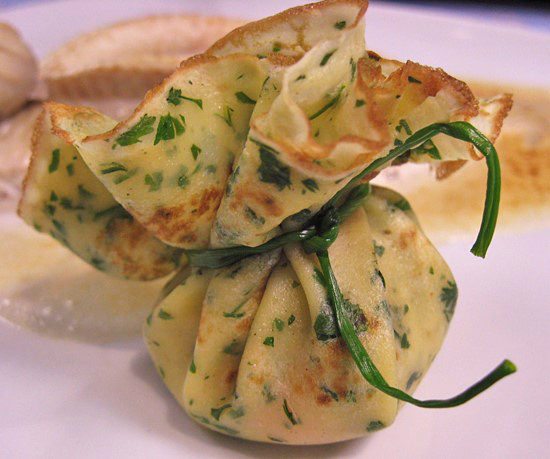Serves 6 as a complete meal with the pasta option A delicious mix of tangy, spicy and savory ingredients makes Puttanesca sauce (sugo alla puttanesca) a meal-time habit that can be made from your pantry. This popular Italian sauce commonly pairs with pasta but...
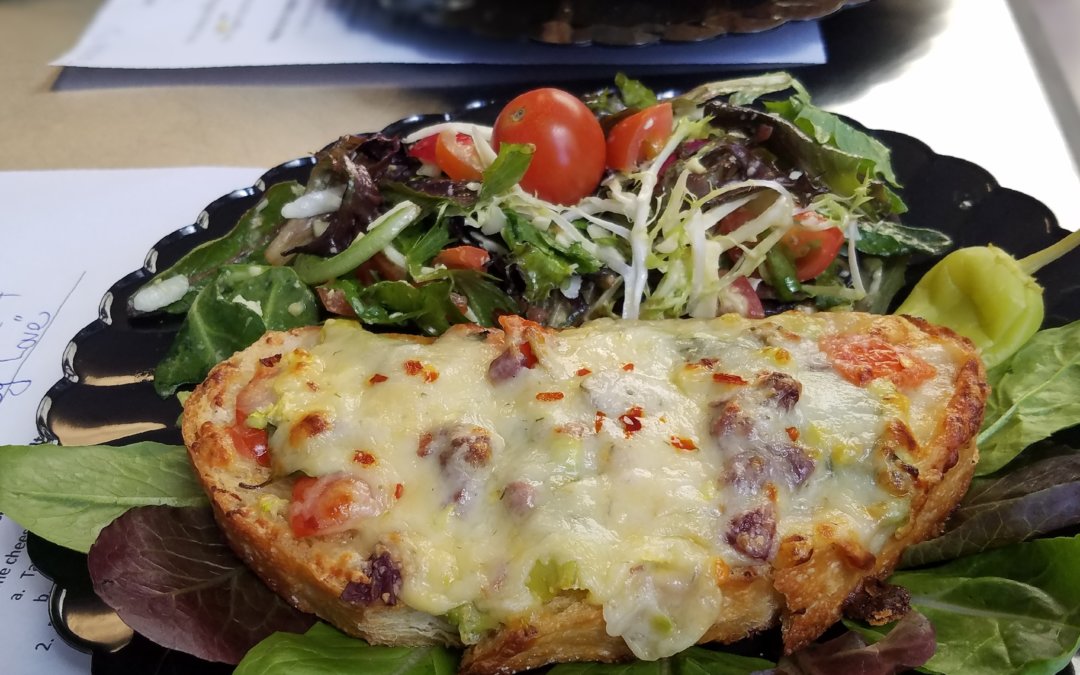
Kids in the Kitchen: A little Cooking Competition is Healthy
Kids in the Kitchen: A little Cooking Competition is Healthy
Parents rarely get to brag that their children regularly make the family meals using lots of new ingredients. However, TV cooking competitions for kids give the illusion that they often whip up complex meals quicker than their parents can google the recipe.
Some cooking competitions pit kids against each other, give blistering critiques and drop them into professional line cook jobs or catering events. While it may work as entertainment, it doesn’t send a message that cooking can be a relaxing and healthy way to bond with other kids or adults.
Cooking Competitions for Kids-Not Just for TV
Kids can cook and compete in ways that encourage them to try new foods and have fun creating meals. I was reminded of this during a cooking event I organized for 100 kids participating in Fuel Up to Play 60, a healthy eating and fitness program run by the Dairy Council of Arizona. During the one-hour cooking session, they:
- encouraged each other to taste new ingredients with no adult intervention,
- bonded over “foreign foods” that they adventurously tried,
- helped each other with techniques and cooking tools,
- learned cooking skills or shared skills they had, and
- cooperated to name their dish and meet the deadline.
Tips for Simple Competitions
Home-based cooking competitions can have the same benefits and involve as few as 4 kids in teams of two. Here’s some tips to create simple competitions that promote creativity and enjoyment of nutrient-rich foods:
- Remind kids that people have different tasting skills and perceive food tastes, flavors and textures in different ways. Place a ban on “yuck”, “gross” or “disgusting” comments.
- Like many adults, kids can’t describe why they like or dislike certain foods. Review the five taste qualities (sour, sweet, bitter, salty and umami) and show which ingredients fit those qualities.
- Share that flavor and texture also influence food preferences. Encourage tasting recipe ingredients such as spices, herbs, condiments or vegetables and fruits.
- Provide some combination of known ingredients with new ones. This relates to the concept of “flavor pairing” or “associate conditioning” that can reduce food neophobia (fear of new foods).
- If they are to make a meal that’s new to them, select ones that feel familiar, like flatbread, or describe it in ways that connects them to other foods they’ve enjoyed.
- Select the same meal to cook so kids can compare the finished versions and be exposed to other taste and flavor choices.
- Suggest kids take photos of their final creations rather than taking photos during cooking as it’s a distraction and cell phones are a food-safety hazard.
Cooking competitions for kids are entertaining without the stress of elimination or having an apron taken away for failing to meet the TV judge’s standards.
Home-based cooking competitions for kids create supportive peer environments that promote trying new foods, build skills, increase interest in cooking and make for good play dates, birthday events or a way to get your kid to make dinner that night.
August is Kids Eat Right Month: This is a dedicated time to celebrate and promote ways to encourage kids to cook and eat well. Culinary nutrition expert Sara Hass, RDN organizes a month-long effort called “Kids in the Kitchen” to promote different ways that kids can get engaged and interested in cooking.
Find more information at Sara’s website and Kids Eat Right. Post photos of your kids cooking and use the hashtag #kidsinthekitchen to celebrate their efforts and get practical and fun information from culinary nutrition experts who love to get kids in the kitchen having fun.

Artichoke Puttanesca–Forget its Saucy Reputation
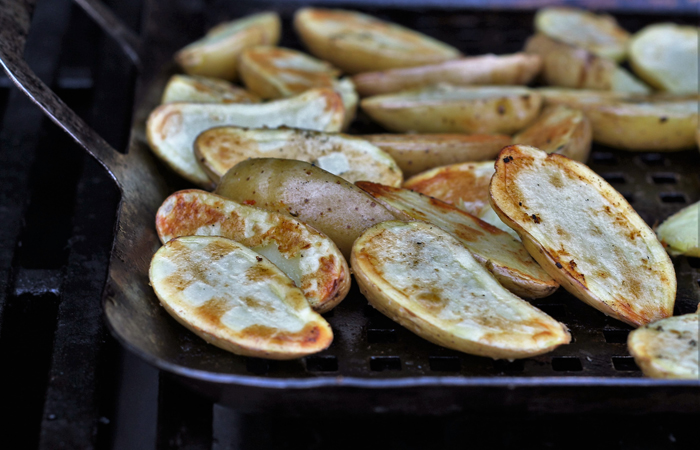
The Sweet and Meaty Taste Science of Grilled Vegetables
“Let’s grill tonight” translates to “let’s eat meat tonight” in many backyard BBQs. It’s not surprising since grilled meat products create hundreds of complex aroma and flavor compounds. Grilled vegetables create less of these craveable compounds but develop delicious...
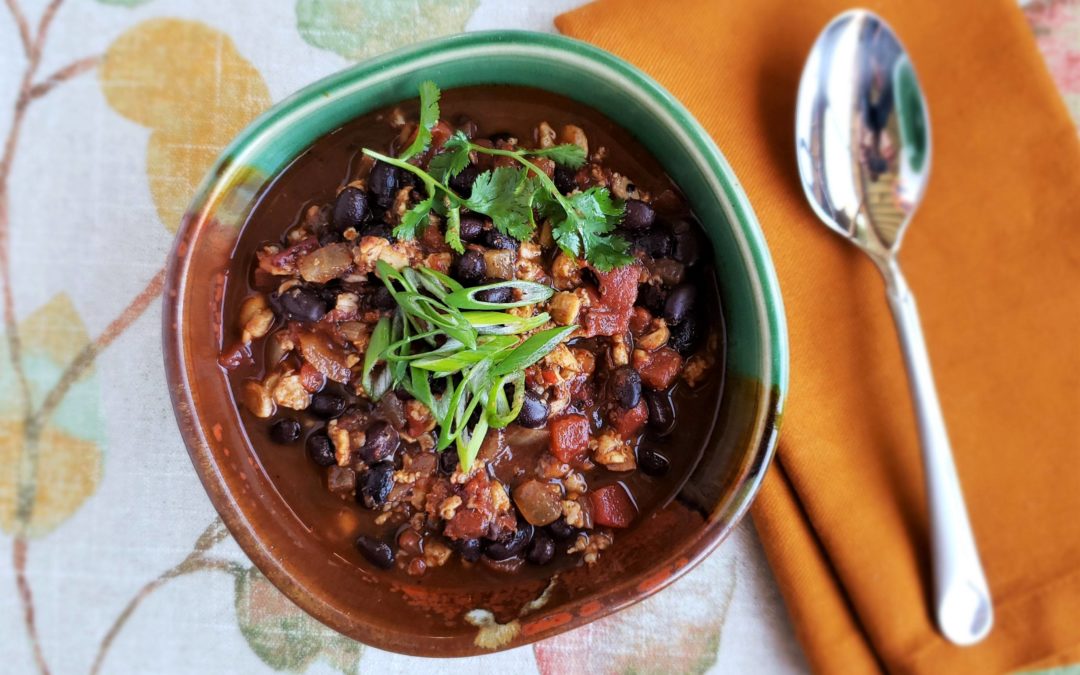
Chipotle and Black Bean Tempeh Chili
Making chili should be an easy, homemade treat, but chili competitions and throwdowns can make it feel like it should be Instagram-ble or complex. Typically meat is central to chili, yet this tempeh chili is a contest contender for a comforting, satisfying homecooked...
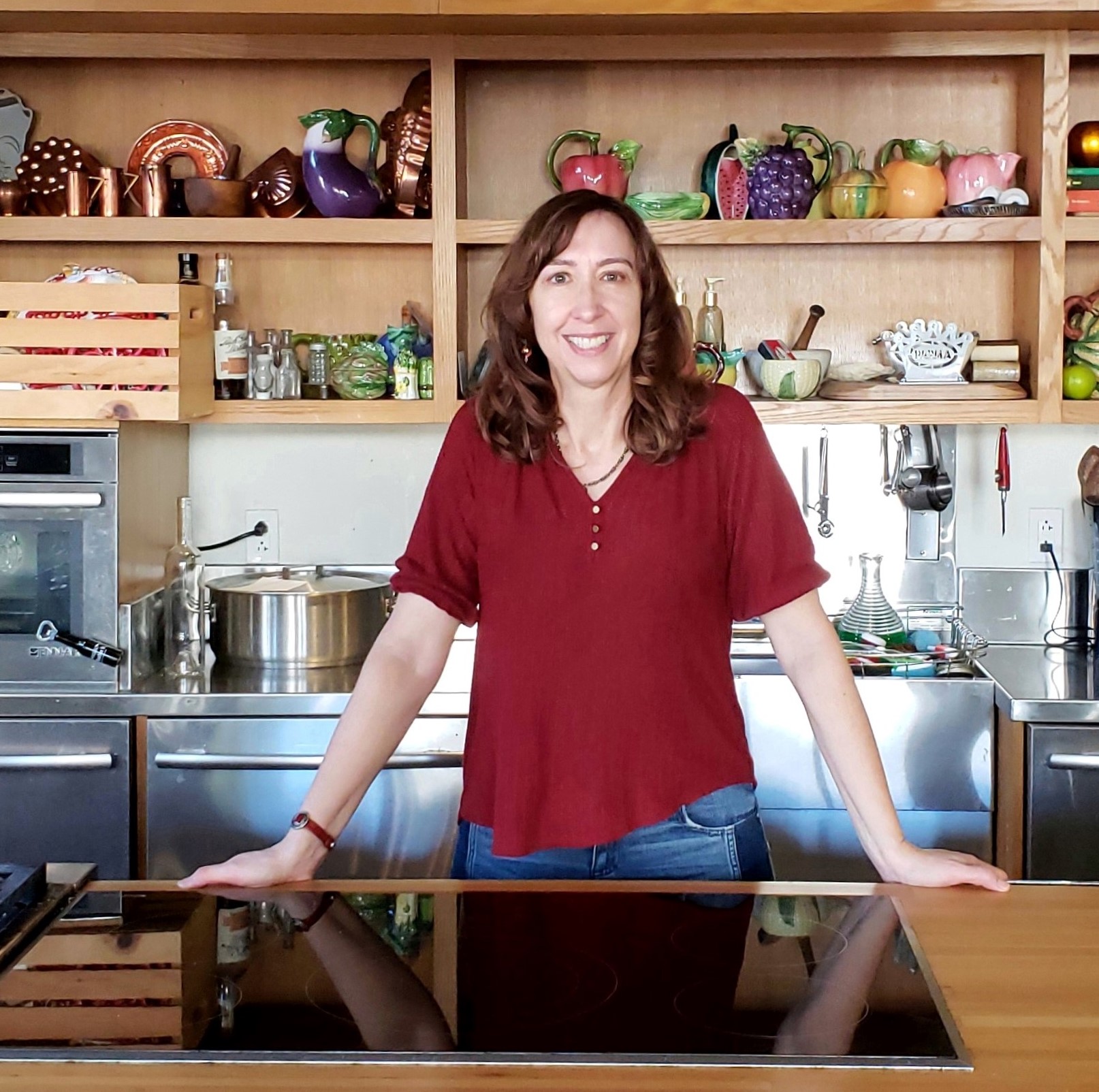
Michele Redmond
French-trained Chef, Registered Dietitian Nutritionist & Food Enjoyment Activist
It's about Making Food First
Get Eat Well Academy periodic updates on easy ways to choose and cook foods that satisfy your appetite, nurture your body and make eating well a pleasure.

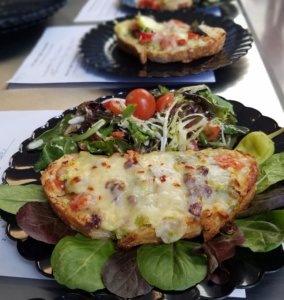

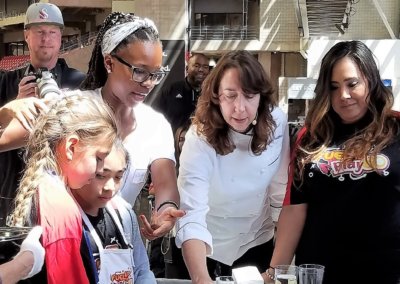

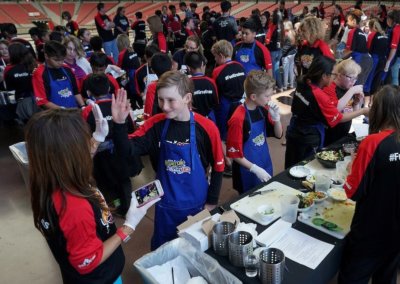
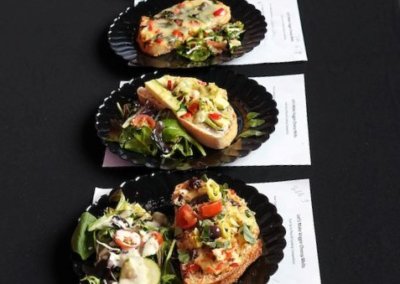
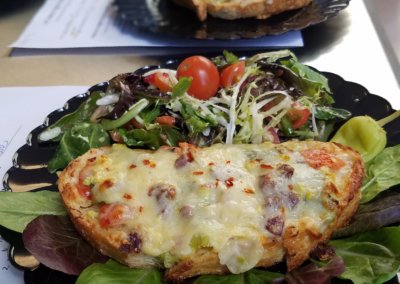
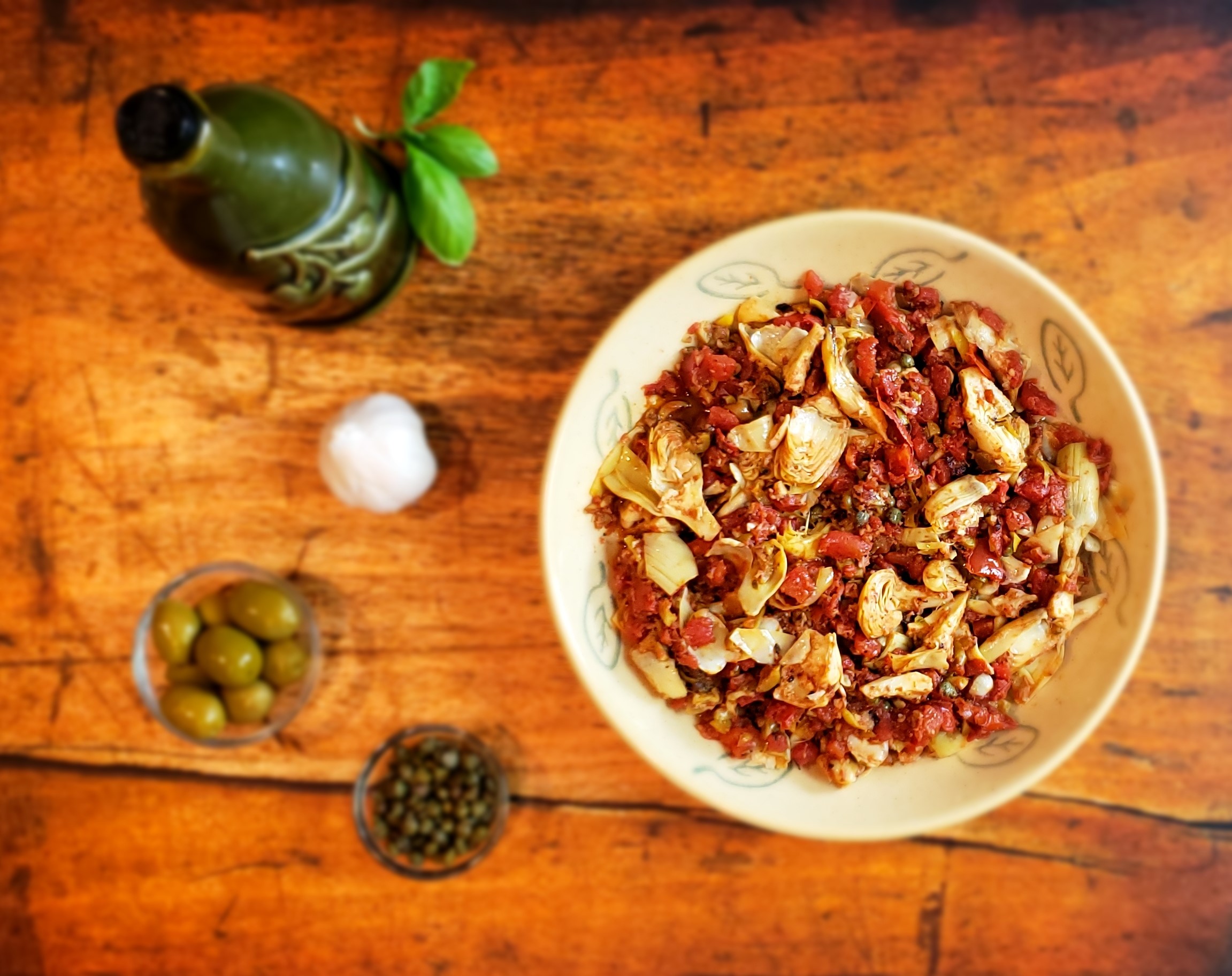
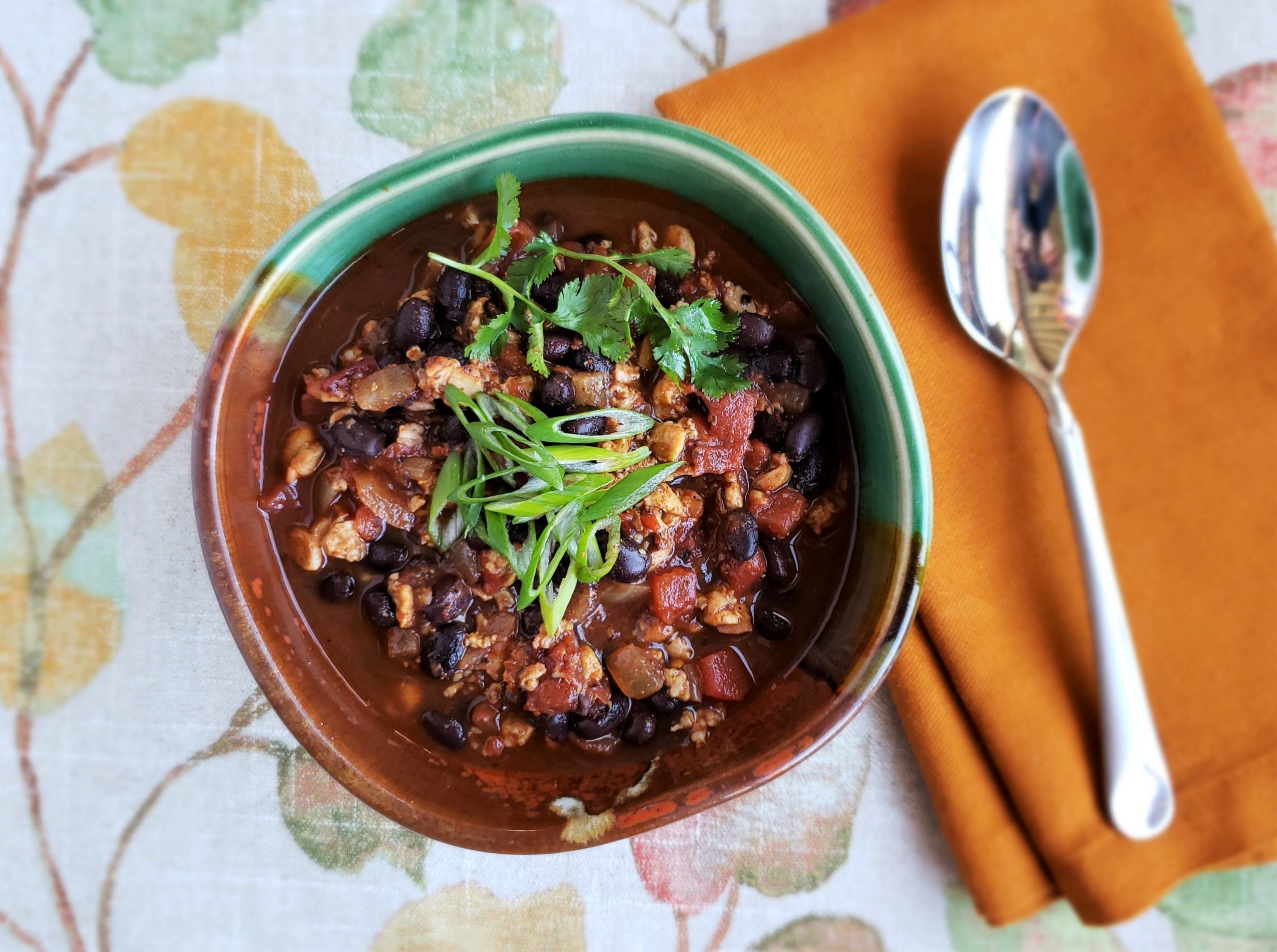
 The pleasure of food, good health and well-being through simple habits for eating well and flexitarian low-key cooking.
The pleasure of food, good health and well-being through simple habits for eating well and flexitarian low-key cooking. 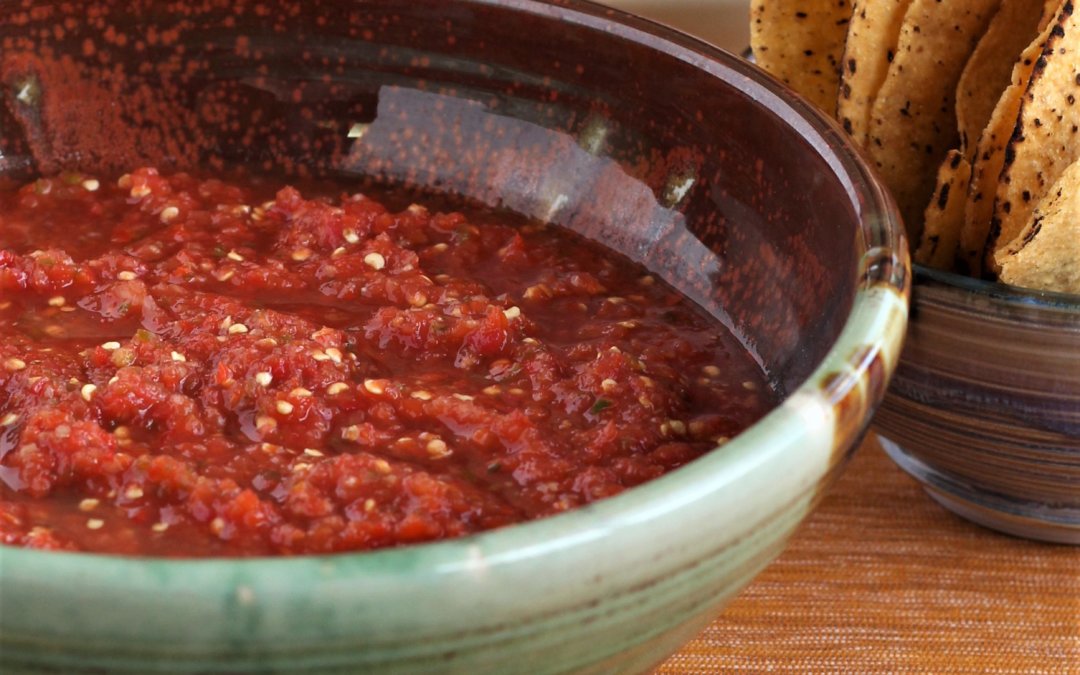








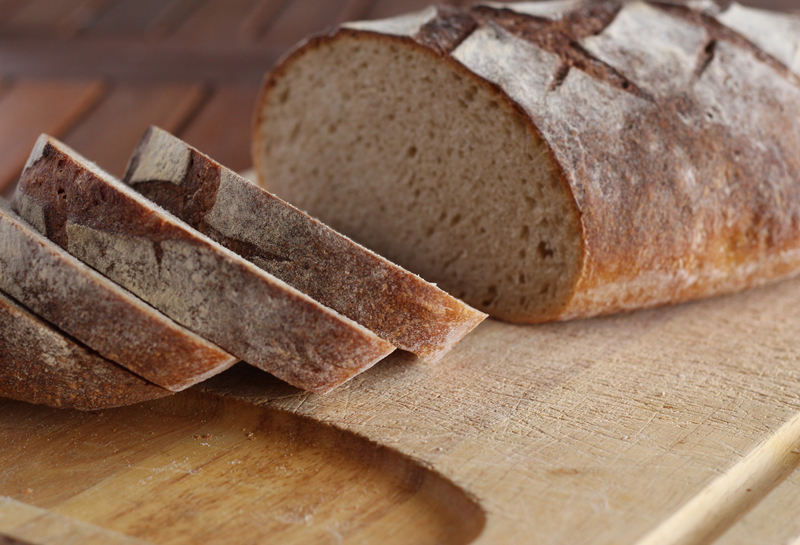



 Sourdough Bread Benefits
Sourdough Bread Benefits

 “The shared meal elevates eating from a mechanical process of fueling our body to a ritual of family and community, from mere animal biology to an act of culture.”
“The shared meal elevates eating from a mechanical process of fueling our body to a ritual of family and community, from mere animal biology to an act of culture.”  Don’t set a place for phones since only 12 percent felt they belonged at a family dinner.
Don’t set a place for phones since only 12 percent felt they belonged at a family dinner.


